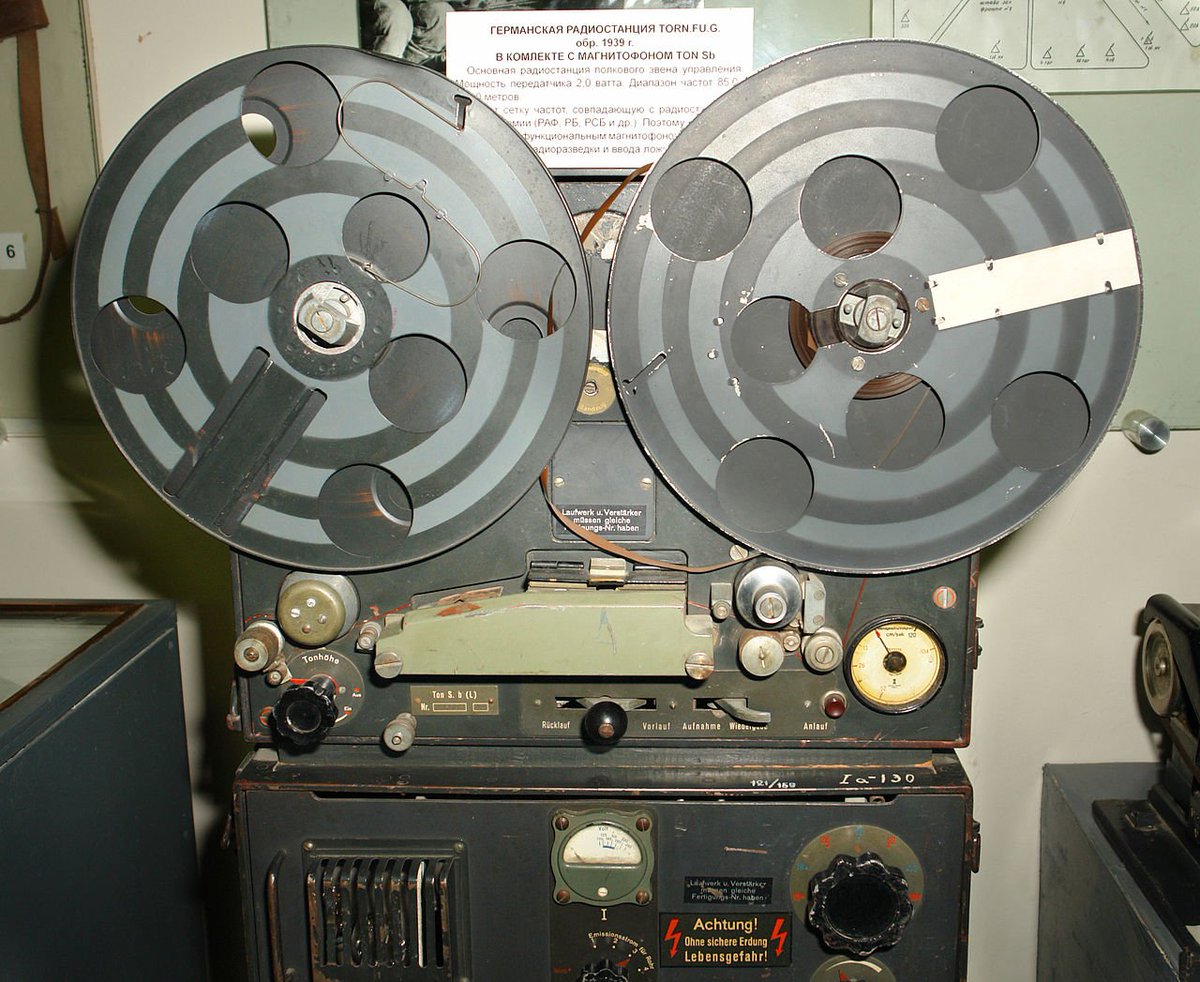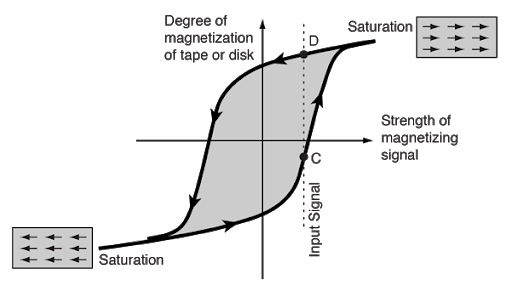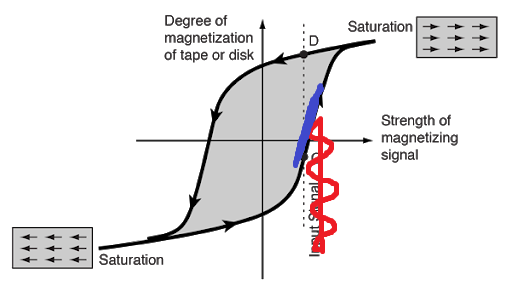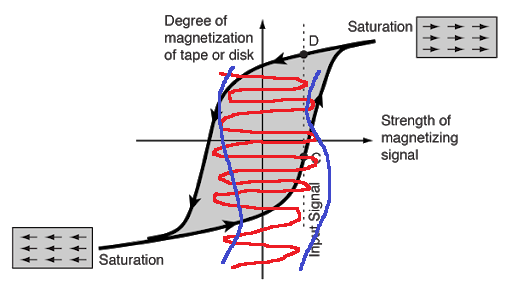celebrate Beethoven's birthday by listening to this *remarkable* recording. why is it remarkable? read on... 
#Beethoven250

#Beethoven250
did you listen to it? good. it's a very good recording, considering it was made in 1944! turns out, it was one of the first stereo recordings ever made!
but that's not even the most amazing part. if you listen carefully at 2:30 and 5:40, you can hear the sound of anti-aircraft guns going off! this is Berlin in 1944, and Allied bombers were flying overhead, trying to bomb the city.
this is towards the end of the war. the country was in shambles, and Hitler had just retreated to his infamous bunker.
let's get into the equipment a bit. it was recorded using a Magnetophon which was capable of stereo recording, along with another fascinating feature.
the engineer Hans Joachim von Braunmühl had accidentally discovered a method for reducing the noise on a recording by up to 20dB, and it's quite clever.
you see, he was experimenting with the recording amplifier and he ran into a problem with parasitic oscillation. this happens all the time, engineers joke about how "amplifiers oscillate and oscillators just amplify and refuse to oscillate"
he didn't notice it at first because the parasitic oscillation was a very high frequency tone above the range of human hearing. but he noticed something very strange about the recording made with the defective amplifier -- it sounded better!
how could this be? the reason lies with the magnetic tape material itself. it is nonlinear.
any magnetic material has a BH loop: the current flowing into the recording head's wires shows up on the horizontal axis (H), and the resulting magnetic field on the tape shows up on the vertical axis (B).
so what you *think* you're recording isn't what's actually showing up on the tape. this is a problem.
one trick people did back in the day was to add a DC bias to the signal, so it pushed the incoming signal onto a linear part of the magnetic response:
with AC bias, you can see the high frequency signal (in red) with the audio signal simply *added* to it (there's no modulation here).
so the audio signal runs in the linear region and the AC bias helps compensate for the hysteresis. (the "real" explanation is quite a bit more complex, see http://hccc.org.uk/acbias.html )
typically the AC bias signal is above 70KHz and is also much higher in amplitude than the audio signal (like 10x)
anyway, there's evidence that this had been accidentally discovered a few times before, but only Herr von Braunmühl realized what it could do, and then put it into practice, resulting in this incredible recording!
silly me! i neglected to mention his associate, Walter Weber. they both contributed to the discovery.
Walter Weber made a number of important contributions, including a condenser microphone that could be switched between omnidirectional and cardioid patterns. this microphone was built by Neumann and likely was the predecessor of the famous U47 microphone!
more details about Walter Weber can be found here. http://www.richardhess.com/tape/history/Engel--Walter_Weber_2006.pdf
...and that's about all i could find out about Walter Weber and Hans Joachim von Braunmühl. there's very little written about them in English.

 Read on Twitter
Read on Twitter





